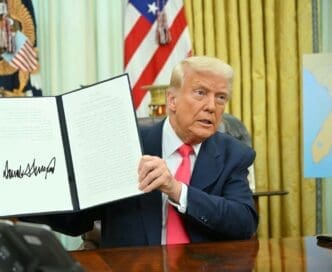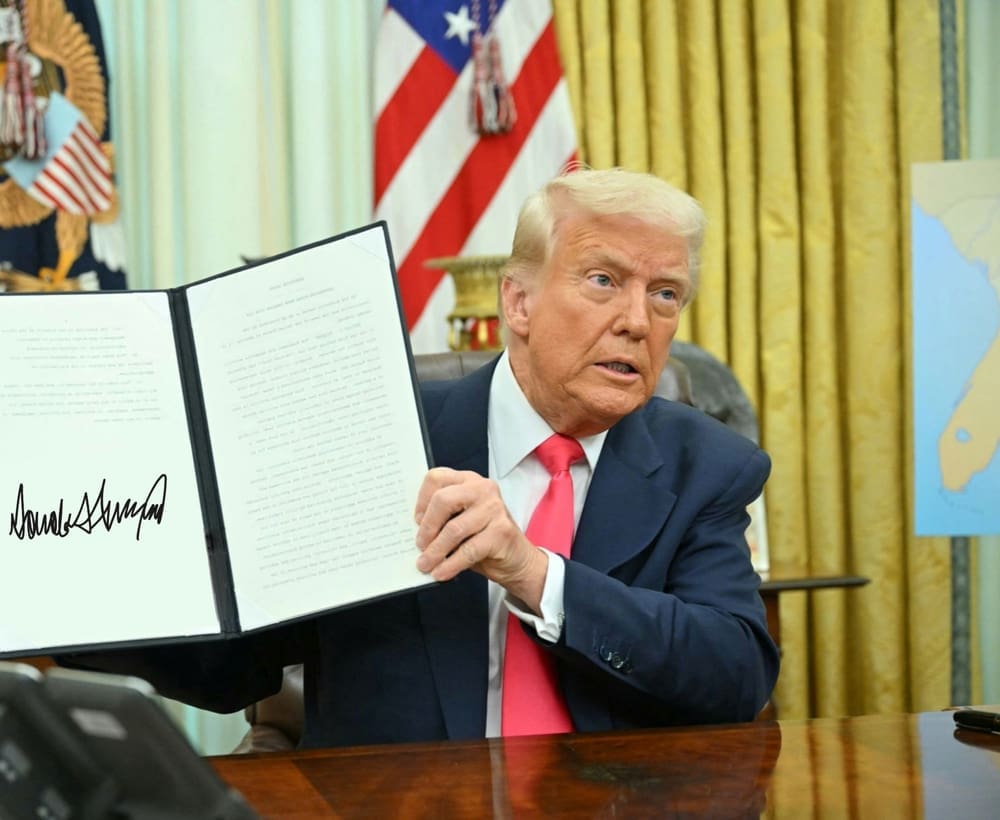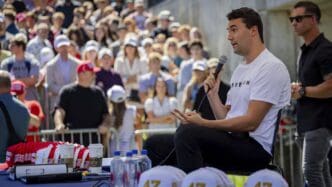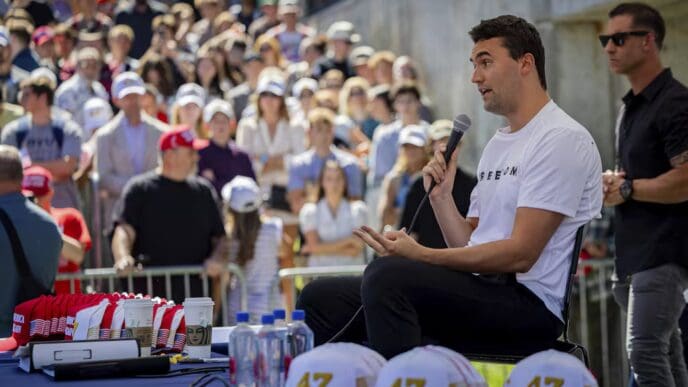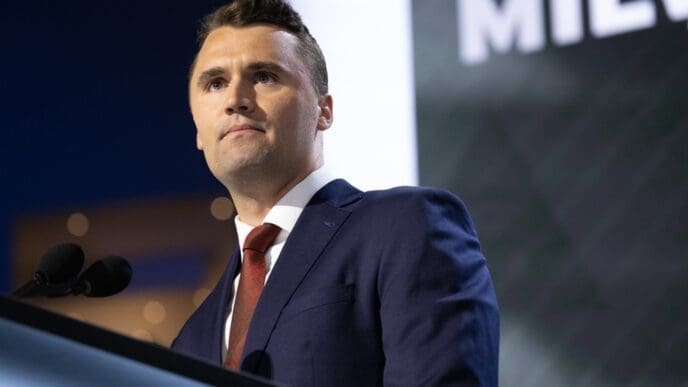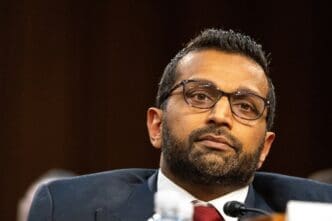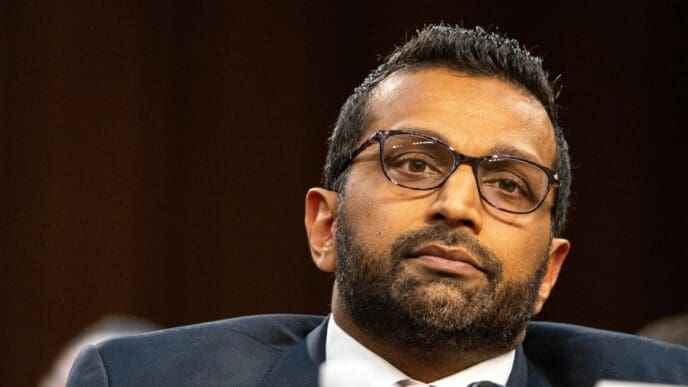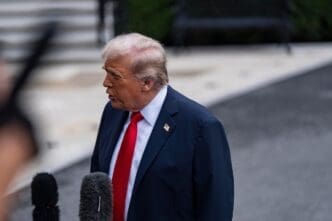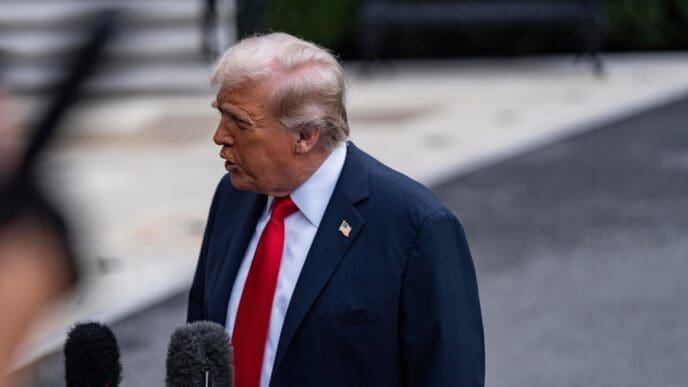President Donald Trump on Thursday signed a sweeping executive order aimed at overhauling the chaotic landscape of college athletics, introducing new federal rules to regulate Name, Image, and Likeness (NIL) deals and revenue-sharing agreements. The order seeks to establish “guardrails” for what the White House has termed an “out-of-control, rudderless system,” by banning certain “pay-for-play” schemes while simultaneously mandating protections for women’s and non-revenue sports programs.
This presidential action represents one of the most significant federal interventions into the governance of collegiate sports, a domain traditionally managed by the NCAA and individual state laws. The move comes amid growing national debate over the amateurism model and the increasing commercialization of student athletics.
Key Provisions of the Executive Order
The executive order lays out several specific directives intended to reshape the financial and operational structure of college sports. It targets the core issues that have emerged since the NCAA permitted student-athletes to monetize their personal brands in 2021.
Distinguishing Endorsements from ‘Pay-for-Play’
A central pillar of the order is its attempt to draw a clear line between legitimate brand endorsements and what it defines as prohibited “third-party, pay-for-play payments.” While student-athletes will still be permitted to earn money from their name, image, and likeness through deals with companies, the order aims to eliminate arrangements where outside booster collectives or other entities pay athletes simply to attend a particular university.
This distinction is critical, as the current system has seen the rise of powerful NIL collectives that critics argue function as a proxy for direct payments to players, undermining competitive balance. The order seeks to return the focus of NIL to genuine marketing and endorsement opportunities.
Protecting Non-Revenue and Women’s Sports
To address concerns that the gusher of money into football and men’s basketball is harming other athletic programs, the order includes strong financial protections. Any revenue-sharing agreements between universities and their athletes must be structured to either expand or, at a minimum, preserve scholarships and opportunities in women’s sports and non-revenue sports like track, swimming, and wrestling.
Furthermore, the order establishes specific mandates based on athletic department revenue. Schools with athletic revenues exceeding $50 million are forbidden from reducing the number of scholarships they offer in non-revenue sports. For institutions with revenues over $125 million, the order directs them to actively increase scholarship opportunities in these sports starting in the next academic year.
Addressing Athlete Employment Status
The order also wades into the contentious legal debate over whether student-athletes should be classified as university employees. President Trump has directed the National Labor Relations Board (NLRB) to work on “clarifying the status of collegiate athletes.” This is a direct response to ongoing efforts, most notably at Dartmouth College and the University of Southern California, where athletes have petitioned to unionize and be recognized as employees with collective bargaining rights.
The Challenge of Enforcement
While the executive order sets a clear policy direction, the specific mechanisms for enforcement remain to be developed. The document gives top administration officials a 30-day deadline to formulate a comprehensive plan to implement its directives.
The order suggests several powerful tools could be used, including leveraging decisions about federal funding to universities, utilizing Title IX enforcement to ensure gender equity, and coordinating with Congress on complementary legislation. The ultimate impact of the order will depend heavily on the strength and legal viability of this forthcoming enforcement strategy.
The Broader Context of Reform
President Trump’s executive action does not exist in a vacuum. It arrives as Congress is also grappling with how to create a uniform federal standard for NIL. For the past three years, the absence of federal rules has resulted in a confusing patchwork of different state laws, creating inequities and recruiting challenges.
Just this week, a House committee advanced the SCORE Act, a bipartisan bill that also aims to set national NIL rules. However, some athlete advocates have expressed concern that the bill does not go far enough to protect their interests. The White House’s executive order now adds a new, powerful dynamic to the ongoing legislative and regulatory efforts to bring order to college sports.
In conclusion, the executive order represents a decisive attempt by the executive branch to impose structure on the rapidly evolving world of college athletics. By banning certain payment models, protecting non-revenue sports, and addressing the employment question, the administration is aiming to steer the system away from “madness” and toward a more balanced and sustainable future, though the ultimate success of this effort will hinge on the details of its implementation.

